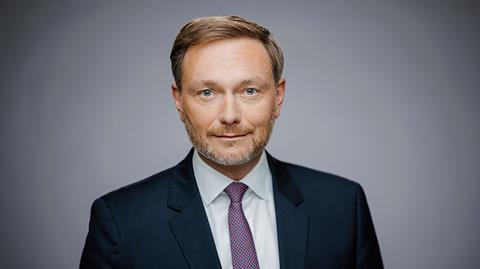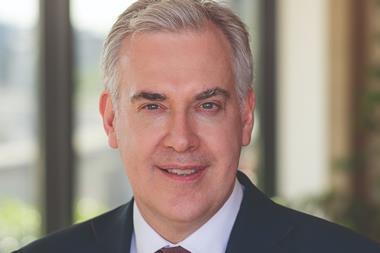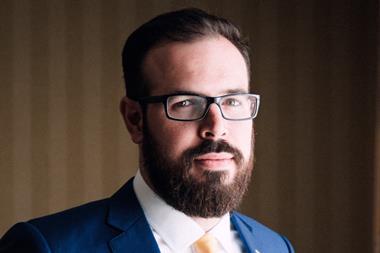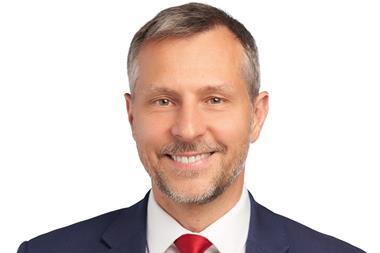The first pillar equity pension fund – Generationenkapital – an electoral campaign promise that finance minister Christian Lindner and his liberal party FDP fought to keep alive against critics, whilst battling with the Greens within the country’s governing coalition, has left many fretting over the uncertainties caused by pivoting toward capital markets.
This week, Lindner and labour mister Hubertus Heil introduced with a draft bill the long-expected Rentenpaket II, a pack of reforms to keep the level of pensions stable at 48% beyond 2025, until 2039, damping the increase in contributions and public subsidies to the first pillar pension system.
The Generationenkapital, one chapter of the Rentenpaket II, hailed by the FDP as a paradigm shift in pension policy, looks different from the idea the liberal party pitched during its electoral campaign, which looked at the AP7 model in Sweden, and which Lindner visited to learn more about its investment strategy.
“The Generationenkapital is a political compromise. The equity pension based on the Swedish model, originally proposed by the FDP, was better. In Sweden, the funded share of the statutory pension is financed through regular contributions from the employees to a state fund or private fund,” said Thomas Richter, chief executive officer of fund industry association BVI.

The association is in favour of funded statutory pensions, but given huge financing problems, €12bn “is a drop in the ocean”, the CEO added.
According to the government’s plan, €12bn per year are set aside for equity fund investments, a sum increasing by 3% every year, coming from loans and own funds (not contributions), so that in the 2030s €200bn are available.
Additionally, €15bn will be transferred to a foundation – Stiftung Generationenkapital – by 2028, according to the finance ministry.
Returns are re-invested, and only from 2036 dividends in the amount of €10bn per year will be paid out to the first pillar manager Deutsche Rentenversicherung.
According to the draft bill, (on average) €10bn annually from 2036 can slow down the increase of the contribution rate to 22.3%, from 18.6% today, by 2045. The exact amount of the dividends will only be clear from the mid-2030s, the finance ministry explained.
First pillar manager Deutsche Rentenversicherung said in a statement that meeting expectations on returns is crucial to stabilise contributions as planned. But it finds hard to believe that, in the timeframe set by the government, enough capital will be available for a “noticeable relief” of the first pillar, it said.
For the union IG Metall, financial markets do not provide a “solid basis” to build statutory pensions, “they fluctuate too much,” whereas the pay-as-you-go system has proven to be stable and extremely flexible for many decades, it said in a statement.
Moreover, the union added, the experience shows that returns on investments to slow down contribution rates in public funds fall short of expectations.
“The only thing that is certain here is the risk”
Yasmin Fahimi, chair of the German Trade Union Confederation DGB
For example, the “Nursing Care Fund” (Pflegevorsorgefonds), set up in 2015, working with a mechanism similar to the Generationenkapital construct, returned on average 2.6% per year, sometimes making losses, the union said.
Yasmin Fahimi, chair of the German Trade Union Confederation DGB, described the equity pension reform as a bet with uncertain results.
She added: “The leader of the FDP [Lindner] knows it: the returns [generated by] the Generationenkapital will only reduce contributions by a maximum of 0.3%, and from 2035 at the earliest. The only thing that is certain here is the risk.”
Lindner’s plan aims to also cut subsidies to the first pillar from the federal budget, but if the income from the equity investments is low, then the state has to step in with a possibly larger share of subsidies, Thomas Hagemann, chief actuary at Mercer, wrote in a post.
It will take a few years until generating enough returns, and this means that public subsidies will continue to increase even after the Generationenkapital is introduced, he added.
Looking for IPE’s latest magazine? Read the digital edition here








































No comments yet